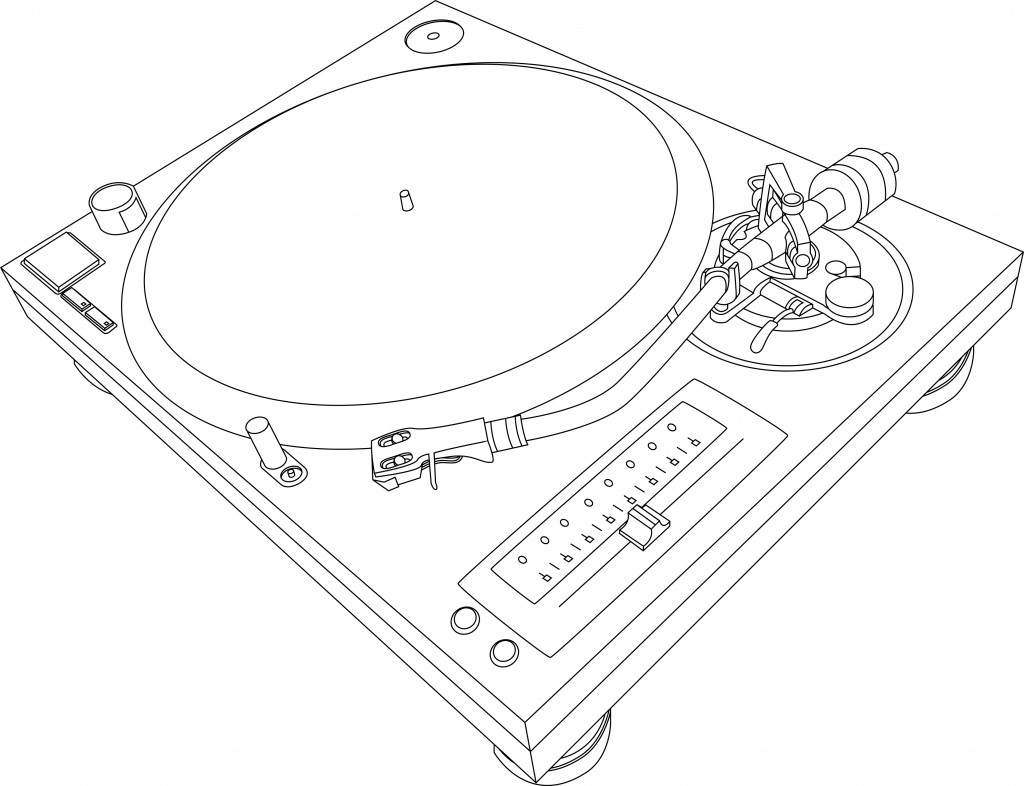Not only as a genre of music but also as a cultural heavyweight, no one can deny the ubiquitous success of hip hop. And it all started here in the concrete jungle that dreams are made of – New York City.

For over three decades hip hop has grown from an expressive street art on the corners of The Bronx, Brooklyn and Queens, to the powerhouse as it stands today, encompassing beats, lyrics, breakdancing and graffiti – its famous ‘four elements’. Indeed walking around these areas of the city you can find examples of street paintings from artists that have been doing it since year dot, like a mural-led timeline of the city’s urban culture.
Jamaican-born DJ Kool Herc is widely recognised as creating the genre back in the ’70s, spinning records from his Bronx apartment block to partygoers using two turntables. A revolutionary style for its time, Herc used the technique to cut together the drum breaks of different musical styles ranging from Jamaican dancehall, soul and funk, to disco and rock. This influence has filtered down through the ages of hip hop as it evolved into the art of sampling – essentially using loops cut from different songs to create new ones – and is still a cornerstone of the music today.
Acts like Run DMC from Queens took this further, using popular rock breaks to bring a jumped up party element to familiar guitar riffs. New York was famous for the impromptu block party, which brought neighbourhoods together, and often rivalling ones.
Meanwhile as an entity the rapper grew from being a simple master of ceremonies (MC), hyping the crowd up while the DJ dictates, to a poetic art form. This was, and is, a poetry like no other, creating rhythm from words using their natural syllabic rolls. As an observational critique, however, its influence has been politically and socio-economically massive.
Long Island’s Rakim, widely regarded as one of the greatest rappers alive, for instance spoke candidly about hip hop itself and the evolution of its influence. Rappers like Nas, who grew up in the Queensbridge housing estates of Queens, shed light on the problems specific to the streets outside their bedroom windows to an audience who’d either consciously or unconsciously turned a blind eye, and feeling trapped by an often aggressive police presence.
In Nas’ song NY State of Mind, for example, he writes: “Life is parallel to hell but I must maintain and be prosperous / though we live dangerous, cops could just arrest me, blaming us, we’re held like hostages”.
The more conscious rap from the likes of A Tribe Called Quest took this even further, with politically motivated acts like Public Enemy openly attacking the oppression they had suffered under the state. On the flip-side of this, from Long Island the group De La Soul gained notoriety in the late ’80s for preaching messages of peace and unity in these areas of New York experiencing high levels of poverty and crime. De La used powerful and far-reaching combinations of positive lyrics and fast, funky backing tracks sure to strike a chord with fans of all styles of music.
Fast forward to today and like any major city New York’s social problems remain, and like any genre of music hip hop has its fair share of commercial, corporate influence. But a great deal can be attributed to hip hop for shining a light on the city’s undercarriage, bringing it to the fore, and uniting its voices.
For a fascinating take on the current scene in New York have a listen to Brooklynati, an album by lesser-known rap group Tanya Morgan, which through its lyrically vivid imagery and humorous skits all set on Brooklyn’s street corners paints a vibrant picture of The Big Apple’s urban culture.
And check in to the blog tomorrow for part II, where we show you how to take a tour of New York with a hip hop twist.


Leave a Reply
You must be logged in to post a comment.